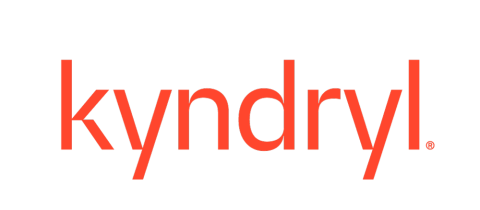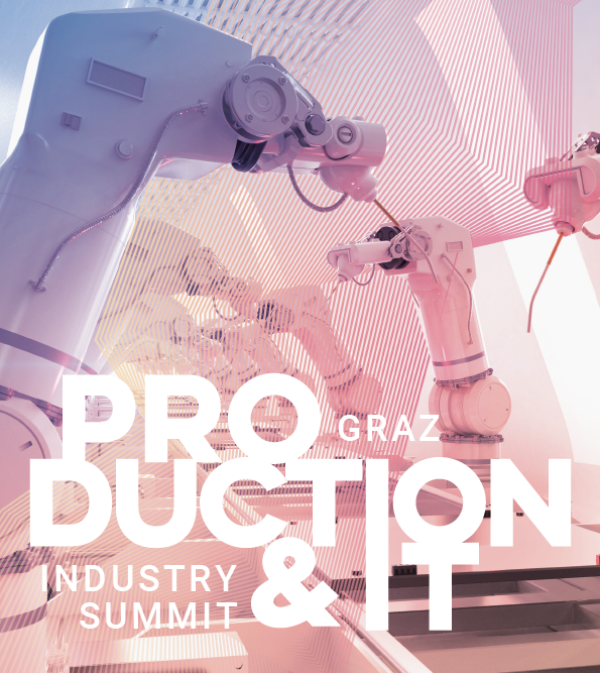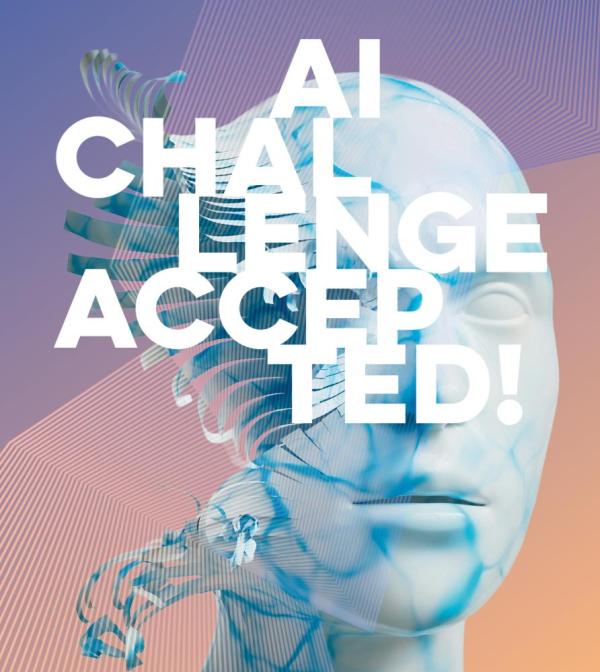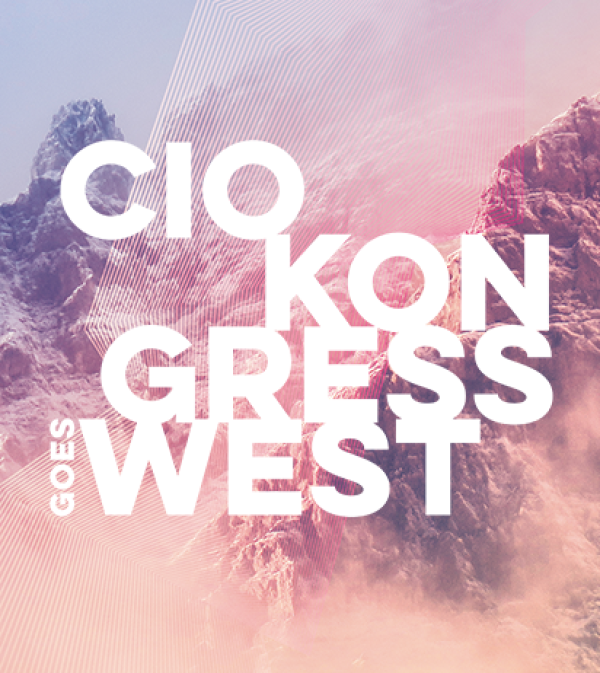From tools to teammates, from tasks executors to people as the orchestrators
1. Introduction, the present, not the future
AI agents are already operating inside real workflows. The question is no longer whether to use them, but how to integrate them so they increase an organization’s effective capacity with quality and control. This article explains that shift, then shows what must change in roles, skills, and governance so agents produce faster, better outcomes without sacrificing accountability.
Kyndryl reference examples: Kyndryl’s public materials on AI and agentic approaches provide useful context for this shift. See the overview page on AI and agentic services and the April 2025 announcement of AI Private Cloud services . Additional insights on experience -led adoption and ecosystem scaling are discussed in the Progress Report podcast, Transforming the AI experience with ecosystem innovation.
We move from the general claim that agents are here to the practical mindset shift, agents as colleagues that expand capacity .
2. From tools to teammates, agents as capacity augmentation
Agents should not be framed as simple task executors or software add ons. They are capacity multipliers that extend what a team can do in parallel, with speed, consistency, and tirelessness, subject to human intent and oversight. Think of them as colleague s who handle well specified steps at scale, while people set direction, assess quality, and resolve ambiguity.
This view drives different design choices, for example modular skills, explicit interfaces, measurable outputs, feedback loops, and safe escalati on paths.
Kyndryl reference examples: Our public releases illustrate how capacity augmentation is framed in industry collaborations. For example, see the July 10, 2025 announcement of the Kyndryl Microsoft Acceleration Hub and related press coverage. For the agent mindset at both individual and team levels, see Designing AI agents is becoming a new workplace superpower and When machines join the team. For definitions and conceptual scope, refer to What is agentic AI? and Agentic AI, the reality behind the hype.
Once we see agents as capacity, the next step is to define how people and agents collaborate, with people orchestrating the work.
3. People are the orchestrators
People design the goals and tasks, specify requirements, provide guardrails, verify results, and take responsibility for quality. In practice this means:
- Task design: define the outcome, inputs, constraints, and acceptance criteria.
- Routing and composition: pick which agents do what, in what order, and when to escalate.
- Verification and sign off: check outputs against acceptance criteria, sample for drift, and document traceability.
- Accountability: people own the result, agents provide evidence and logs.
Kyndryl reference examples: Kyndryl’s agentic program materials emphasize orchestration and guardrails as part of enterprise grade delivery. See the Agentic AI capabilities. For mainframe environments, see 5 conversations to have before deploying agentic AI for the mainframe, which centers the human in the loop for policy, monitoring, and final gates.
If orchestration is a human responsibility, then the renewal of skills in the workforce must shift accordingly.
4. Skill renewal, from doing to defining, managing, and verifying agents
Upskilling should move beyond using a tool UI. The durable skills are:
- Specification literacy: writing precise task definitions, data contracts, and acceptance tests.
- Agent management: composing and parameterizing agents, understanding dependencies, costs, and limits.
- Verification discipline: designing checks, benchmarks, red team tests, and audit trails.
- Black box awareness: you do not need source code to be safe and effective, but you must understand failure modes, bias risks, non determinism, context limits, cost behavior, latency trade offs, and data privacy boundaries.
Domain experts are best placed to be orchestrators inside their domains. They know what good looks like, which edge cases matter, and what cannot be delegated.
Kyndryl reference examples: The April 2025 announcement of AI Private Cloud services highlights how skills, governance, and production readiness are built into the service stack. Kyndryl’s People Readiness research underscores the reskilling gap, see Is your workforce ready for AI?. Also relevant is Modernizing for the AI era: A blueprint for readiness. Trust - building and communication are explored in In the Wild West of AI, readiness begins with trust and AI’s real challenge? Human behavior, which frame skill renewal around orchestration, verification, and change management, not just tool usage.
With people focusing on orchestration and verification, automation strategy should optimize for quantity of correct tasks, not unchecked autonomy.
5. Automation at scale, more tasks, same human gates
Modern automation is about increasing the number of correctly executed tasks per unit time, while keeping the crucial steps of requirements definition and results verification with people.
In practice:
- Push more well specified tasks to agents, parallelize where safe, and batch routine checks.
- Keep specification, exception handling, ethical decisions, and final sign off with People .
- Measure throughput, first pass yield, and verification rework to steer improvements.
This balance gives speed without losing control.
Kyndryl reference examples: Program announcements highlight scaling patterns and industry - specific accelerators, see the Microsoft Acceleration Hub and Alliance overview. For infrastructure prerequisites that enable safe scaling, refer to Before you scale AI, fix your foundation and Three focus areas to improve security for AI projects in 2025.
A sector example can be found in How payments modernization relies on AI, trust, and real -time readiness.
When we scale the volume of correct tasks, the business impact becomes tangible and measurable.
6. Business impact, faster outcomes, higher quality, fewer human bottlenecks
When agents are treated as capacity augmentation under human orchestration, organizations typically see:
- Speed: shorter cycle times and faster time to value, because tasks run in parallel and overnight.
- Quality: consistent execution with embedded acceptance checks, fewer slips, and clearer traceability.
- Throughput: more tasks completed per period with the same headcount, more coverage of low priority work.
- Error reduction: fewer manual errors and less variability in routine steps.
- Human focus: people spend more time on creative and critical thinking, judgment, client conversations, exception handling, and ethical checks.
- Satisfaction: employees are freed from repetitive work, clients receive faster, more reliable outputs.
Kyndryl reference examples: Additional public releases that highlight ecosystem momentum include Google Cloud partnerships and awards and Mainframe modernization with Google Cloud . Third - party coverage of private AI cloud services is available in Network World’s report. For financial services, see The future of finance belongs to those who share , which discusses standards, APIs, and modernization. For security, refer to How financial institutions can prepare for the emerging deepfake threat, which explores resilience and risk mitigation.
To realize these benefits with low risk, teams need a practical deployment playbook.
7. Deployment playbook, orchestration first
Start small, scale fast, and keep People in control.
- Select a narrow, high value workflow: define the target outcome, inputs, constraints, and what counts as success.
- Write acceptance criteria before building: turn them into automated checks where possible.
- Map the agent composition: which agent does what, what data each needs, how they hand off, when to escalate to a person.
- Instrument everything: logs, prompts, versions, data lineage, cost, latency, and first pass yield.
- Put people at the gates: human review at specification and final sign off, and on any exception path.
- Run in shadow mode, then limited production: compare agent outputs to human baselines, measure drift, document gaps.
- Close the loop: feed verification results back into specs, prompts, tools, and training material.
- Scale safely: add tasks and agents only after quality stabilizes, reuse patterns, templatize acceptance tests, and keep audits.
Kyndryl reference examples: Recent announcements highlight agentic frameworks and solution accelerators that align with this approach, see Agentic AI capabilities. For practical guidance, explore The five principles of AI proof of concept success and 5 conversations to have before deploying agentic AI for the mainframe, which translate these principles into day -to - day implementation steps.
With a repeatable playbook, the conclusion follows naturally, People plus agents are already a working model.
8. Conclusion, People plus agents, already in action
Agents are not a distant promise, they are practical capacity augmentation today. The winning approach is simple, people orchestrate, agents execute at scale, verification stays human, quality is measured. Organizations that make this shift see faster deli very, higher quality, fewer human bottlenecks, and better employee and client outcomes. The next step is to pick one workflow, write clear acceptance criteria, place people at the gates, and let agents expand the capacity of the team.
Kyndryl reference examples: Strategic collaborations reported in 2025 reinforce this direction, for instance, the Microsoft Acceleration Hub and ecosystem expansions such as the HPE Private Cloud AI alliance expansion. For definitional clarity, see What is agentic AI?, which explains how agentic systems function as capacity augmentation under human orchestration and control.
References
Core Kyndryl AI pages and releases
1. Network World, “Kyndryl launches private cloud services for enterprise AI deployments,” https://www.networkworld.com/article/3964763/kyndryl-launches-private-cloud-services-for-enterprise-ai-deployments.html
2. Kyndryl Investors, “Kyndryl Partners with Microsoft to Launch the Kyndryl Microsoft Acceleration Hub,” Jul 10, 2025, https://investors.kyndryl.com/news-releases/news-release-details/kyndryl-partners-microsoft-launch-kyndryl-microsoft-acceleration
3. Kyndryl, “Kyndryl announces advanced agentic AI capabilities,” Oct 1, 2025, https://www.kyndryl.com/us/en/about-us/news/2025/10/agentic-ai-capabilities
4. Kyndryl, “Kyndryl launches AI Private Cloud services for business,” Apr 2025, https://www.kyndryl.com/us/en/about-us/news/2025/04/new-ai-private-cloud-services-for-business
5. Kyndryl, “Alliances | Kyndryl and Microsoft,” https://www.kyndryl.com/us/en/about-us/alliances/microsoft
6. Kyndryl Investors, “Kyndryl Wins 2025 Google Cloud Global Partner of the Year Award for Infrastructure Modernization,” Apr 8, 2025, https://investors.kyndryl.com/news-releases/news-release-details/kyndryl-wins-2025-google-cloud-global-partner-year-award/
7. Kyndryl Investors, “Kyndryl expands partnership with Google Cloud to accelerate mainframe modernization,” Mar 27, 2025,https://investors.kyndryl.com/news-releases/news-release-details/kyndryl-expands-partnership-google-cloud-accelerate-mainframe/
8. Kyndryl Investors, “Kyndryl Expands Strategic Alliance with HPE to Accelerate Customer Adoption of AI Private Cloud Solutions,” Aug 6, 2025, https://investors.kyndryl.com/news-releases/news-release-details/kyndryl-expands-strategic-alliance-hpe-accelerate-customer/
Agentic AI framework and education
9. Kyndryl, “Agentic AI Framework,” https://www.kyndryl.com/ca/en/artificial-intelligence/agentic-ai-framework.html
10. Kyndryl, “What is agentic AI,” https://www.kyndryl.com/au/en/learn/what-isagentic-ai
11. Kyndryl, “Agentic AI, the reality behind the hype,” Sep 11, 2025, https://www.kyndryl.com/us/en/about-us/news/2025/09/agentic-ai-fact-vs-fiction
12. PR Newswire, “Kyndryl Unveils Agentic AI Framework that Dynamically Evolves to Drive Enhanced Business Performance,” Jul 17, 2025, https://www.prnewswire.com/news -releases/kyndryl-unveils-agentic-ai-framework-that-dynamically-evolves-to-drive-enhanced-business- performance-302507958.html
Adoption, readiness and culture
13. Kyndryl, “Is your workforce ready for AI,” May 29, 2025, https://www.kyndryl.com/us/en/about-us/news/2025/05/is-your-workforce-ready-for-ai
14. Kyndryl, “Modernizing for the AI era, a blueprint for readiness,” Feb 5, 2025, https://www.kyndryl.com/in/en/about-us/news/2025/02/ai-readiness -paradox
15. Kyndryl, “In the Wild West of AI, readiness begins with trust,” Feb 5, 2025, https://www.kyndryl.com/ca/en/about-us/news/2025/02/building -trust -in-ai
16. Kyndryl, “AI’s real challenge? Human behavior,” Feb 5, 2025, https://www.kyndryl.com/us/en/about-us/news/2025/02/ai-readiness-human-centered-design
17. Kyndryl, “Three focus areas to improve security for AI projects in 2025,” Feb 5, 2025, https://www.kyndryl.com/in/en/about-us/news/2025/02/improving-security-for-ai-projects
18. Kyndryl, “Before you scale AI, fix your foundation,” Sep 8, 2025, https://www.kyndryl.com/us/en/about-us/news/2025/09/what-to-do-before-scaling-ai
19. Kyndryl, “Transforming the AI experience with ecosystem innovation,” Aug 27, 2025, https://www.kyndryl.com/us/en/perspectives/articles/2025/08/ai - ecosystem
20. Kyndryl, “Leadership in AI, Transforming Antibes into a Smart City,” Oct 2025, https://www.kyndryl.com/us/en/perspectives/articles/2025/10/leadership -in- ai
Agent and POC practices
21. Kyndryl, “Designing AI agents is becoming a new workplace superpower,” Oct 3, 2025, https://www.kyndryl.com/us/en/about-us/news/2025/10/designing-aiagents-for-workplace
22. Kyndryl, “When machines join the team,” Sep 26, 2025, https://www.kyndryl.com/in/en/about-us/news/2025/09/future-of-work-with-aiagents
23. Kyndryl, “The five principles of AI proof of concept success,” Oct 2, 2025, https://www.kyndryl.com/in/en/about-us/news/2025/10/5-principles-of-ai-proof-of-concept-success
24. Kyndryl, “5 conversations to have before deploying agentic AI for the mainframe,” Oct 2025, https://www.kyndryl.com/us/en/perspectives/articles/2025/10/agentic-ai-for-mainframe
Industry examples and security
25. Kyndryl, “How payments modernization relies on AI, trust and real time readiness,” Oct 9, 2025, https://www.kyndryl.com/us/en/about-us/news/2025/10/ai-powered-payments-modernization
26. Kyndryl, “The future of finance belongs to those who share,” Sep 25, 2025, https://www.kyndryl.com/us/en/about-us/news/2025/09/the-future-of-finance
27. Kyndryl, “How financial institutions can prepare for the emerging deepfake threat,” Sep 2025, https://www.kyndryl.com/nz/en/perspectives/articles/2025/07/prepare-deepfake-threat
General AI overview
28. Kyndryl, “Artificial Intelligence services,” https://www.kyndryl.com/us/en/artificial-intelligence
Data & AI, Kyndryl Switzerland Team:
Dr. François Habryn, Practice Lead
Dr. Ruslan Asfandiyarov, Client Technical Advisor
Ilyes Lajili, Client Technical Advisor
Copyright: shutterstock/sdecoret





